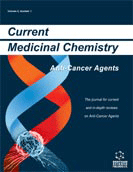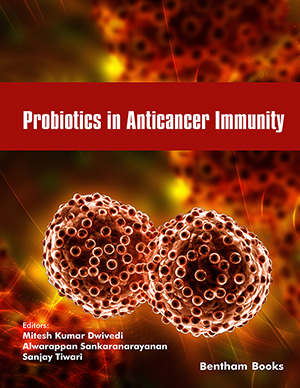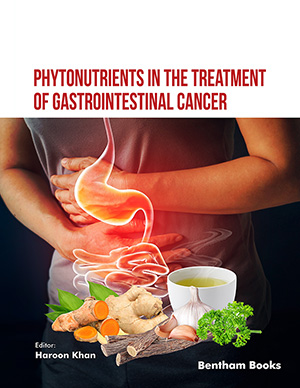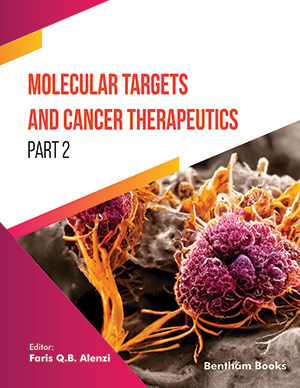Abstract
Proteins of the Bcl-2 family share one or several Bcl-2 homology (BH) regions and behave as pro- or antiapoptotic proteins. Prosurvival members such as Bcl-2 and Bcl-XL are supposed to preserve mitochondrial outer membrane integrity, thus preventing the release of soluble apoptogenic molecules. Pro-apoptotic members include BH3- only proteins that act as sensors of cellular damage and initiate the death process and Bax-like proteins that act downstream of BH3-only proteins to permeabilise the mitochondrial outer membrane. Whether BH3-only proteins directly activate Bax-like proteins or prevent prosurvival members of the family from inhibiting Bax-like proteins or both remains a matter of controversy. Expression of these proteins is altered in various human tumours and this abnormal expression may contribute to oncogenesis and tumour cell resistance to anticancer drug-induced cell death. Based on these observations, prosurvival proteins are attractive intracellular targets for inducing tumour cell death or sensitising tumour cells to death induced by chemotherapeutic drugs. The use of 18-mer antisense oligonucleotides (G3139 or Genasense) targeting the first six codons of bcl-2 mRNA is currently developed in clinics with phase I studies demonstrating that thrombocytopenia may be the main dose-limiting side effect. This strategy, that efficiently decreases Bcl-2 protein expression in some tumour cells, is currently tested in phase II and phase III trials. Alternative approaches to achieve the functional knock-out of Bcl-2 include the use of either peptides mimicking the BH3 domain of Bcl-2-related proteins or more stable, non peptidic BH3 mimetics and the pharmacological modulation of the post-translational modifications of the protein.
Keywords: apoptosis, cell death, bcl-2, bh3-only proteins, mitochondria, antisense oligonucleotides, bh3 mimetics
 2
2

















